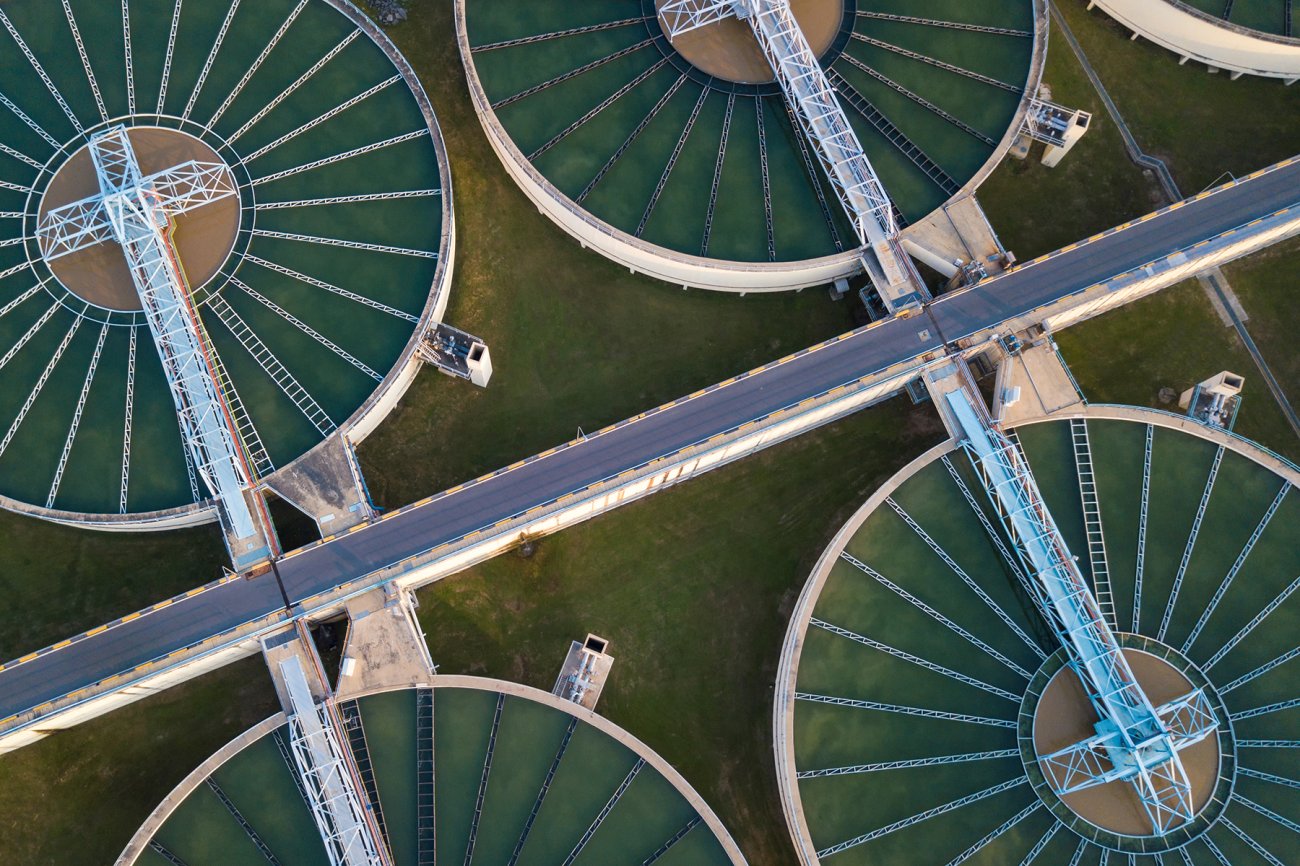Getting My Reclaim Waste To Work
Getting My Reclaim Waste To Work
Blog Article
Some Known Details About Reclaim Waste
Table of ContentsThe smart Trick of Reclaim Waste That Nobody is Talking AboutWhat Does Reclaim Waste Mean?Excitement About Reclaim WasteThe Buzz on Reclaim WasteThe Of Reclaim Waste
Domestic sewage waste refers to the waste and products from a domestic septic tank. The correct administration and disposal of residential sewer waste need fluid waste to be moved to a sewage therapy plant where the correct approaches and equipment are applied to detoxify and dispose of waste.
Commercial waste commonly includes potential dangers, such as combustible materials or a mix of liquid and solid waste items, and needs a much more sophisticated and thorough disposal procedure. The disposal of industrial waste typically entails the filtering of waste prior to transport to guarantee risk-free and appropriate disposal. Hazardous waste is created from results and runoff of commercial procedures and production.
This kind of waste can not use the exact same sewer monitoring transport or procedures as septic or commercial liquids. The hazardous waste administration procedure needs the evaluation and testing of fluid waste before it goes through the disposal procedure (industrial wastewater treatment). Runoff waste is the fluid waste that originates from overflow and excess stormwater in extremely booming locations or cities
Runoff waste can trigger contamination and flooding if not dealt with effectively. Discover more regarding drain cleaning and waste monitoring. Guaranteeing appropriate waste management can protect against calamities and minimize ecological damage. Both individuals in domestic settings and professionals in industrial or production industries can profit from understanding the procedures and regulations of liquid waste management.
Examine This Report on Reclaim Waste
Contact PROS Services today to find out about our waste administration and disposal solutions and the correct methods to take care of the liquid waste you create.
(https://telegra.ph/Expert-Liquid-Waste-Disposal-and-Removal-Services-in-Melbourne-11-12)Do you recognize what happens to your water when you draw the plug, flush the commode or drain pipes the washing machine? No? Well, it's worth recognizing. This supposed 'wastewater' is not just a vital source however, after therapy, will certainly be released to our land, rivers or the sea. Made use of water from toilets, showers, bathrooms, cooking area sinks, washings and industrial procedures is known as wastewater.

water utilized to cool down equipment or tidy plant and equipment). Stormwater, a kind of wastewater, is overflow that flows from agricultural and urban areas such as roofs, parks, yards, roads, paths and gutters right into stormwater drains, after rainfall. Stormwater flows without treatment directly to regional creeks or rivers, ultimately reaching the ocean.
An Unbiased View of Reclaim Waste
In Queensland, most wastewater is treated at sewer treatment plants. Wastewater is delivered from residential or commercial websites via a system of drains and pump terminals, recognized as sewerage reticulation, to a sewage therapy plant.
The Division of Natural Resources suggests city governments concerning handling, operating and keeping sewage systems and therapy plants. In unsewered locations, city governments might require householders to mount private or house sewage treatment systems to deal with residential wastewater from toilets, kitchens, washrooms learn this here now and laundries. The Division of Natural Resources authorises making use of family systems when they are proven to be reliable.
The majority of stormwater gets no treatment. In some brand-new class, therapy of some stormwater to get rid of clutter, sand and gravel has started making use of gross contaminant catches. Wastewater therapy takes place in 4 stages: Removes solid matter. Bigger solids, such as plastics and other objects wrongly discharged to sewage systems, are eliminated when wastewater is gone through screens.
Makes use of tiny living microorganisms understands as micro-organisms to break down and get rid of continuing to be liquified wastes and great bits. Micro-organisms and wastes are incorporated in the sludge.
The 4-Minute Rule for Reclaim Waste
Nutrient removal is not offered in any way sewage treatment plants since it requires expensive specialised devices. It is becoming much more common in Queensland. Clear liquid effluent generated after therapy might still contain disease-causing micro-organisms. If this effluent is launched right into waterways such as rivers or the sea, the micro-organisms will ultimately die out.

A lot of wastewater moves into the sewerage system. Under the Act, local governments provide authorizations and licences for ecologically appropriate tasks (Ages) involving wastewater launches that may have a regional effect.
Reclaim Waste - The Facts
Otherwise, samples are taken for laboratory analysis. Frequently many tests are required to establish the levels of each of the various contaminants such as oils, hefty steels and pesticides in water. Monitoring provides valid details regarding water quality and can validate that licence problems are being fulfilled. The information obtained via monitoring supplies the basis for making water high quality choices.
Report this page